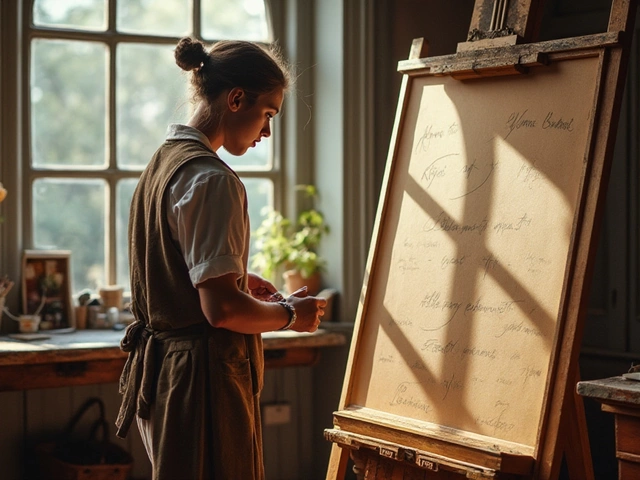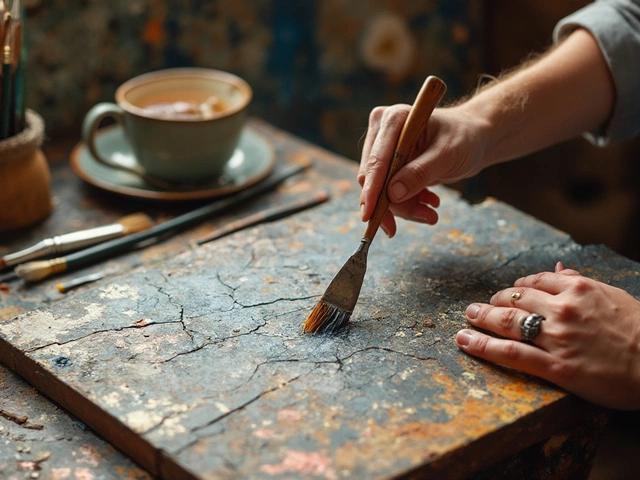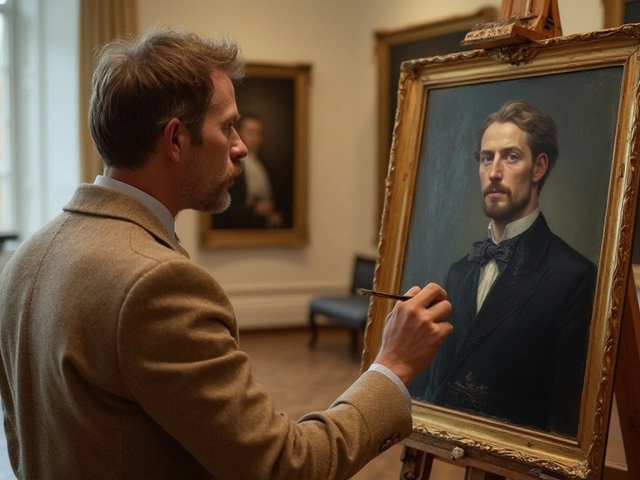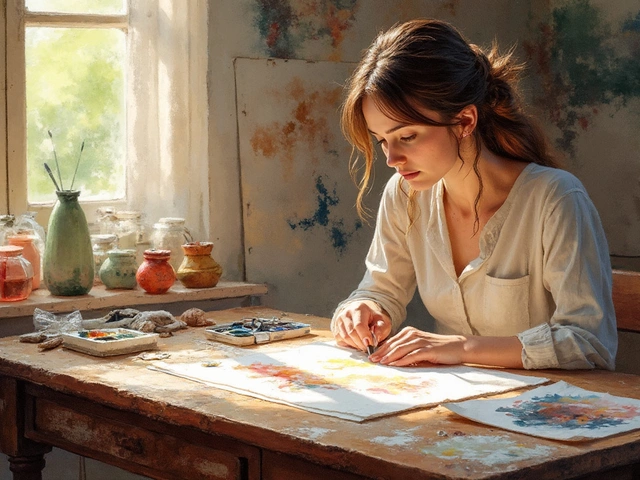Oil Painting – Tips, Techniques & Materials
When working with Oil Painting, a wet‑on‑wet medium that lets you blend colors and build texture over time. Also known as oil on canvas, it demands patience and the right tools to get the most out of each brushstroke. The medium itself is versatile, but oil painting supplies, high‑quality brushes, primed canvases, and proper solvents are the foundation that turns a blank surface into a lasting artwork. Without the right supplies, even the best ideas can look dull.
One way to push oil painting further is to study historic methods. The Goya technique, a bold approach that layers dark underpaints with bright glazes gives depth and drama, letting light carve out forms as it did in Francisco Goya’s masterpieces. Meanwhile, artists looking to tweak drying time often turn to linseed oil substitutes, like walnut or safflower oil, which alter gloss, flexibility, and drying speed. These alternatives let you fine‑tune the medium for specific effects—whether you want a buttery finish or a faster cure. Another hands‑on method is sponging, where a simple sea‑sponge creates texture and organic patterns, adding visual interest without complex brushwork. Together, these techniques show that oil painting isn’t just about mixing pigments; it’s about choosing the right process, material, and composition strategy.
Beyond the creative side, practical maintenance matters. Knowing how to strip old paint safely ensures a clean surface before you start a new layer, preserving the integrity of the canvas or panel. Professional painters use specific tools—plastic scrapers, biodegradable gels, and gentle solvents—to remove previous layers without damaging the support. This step links directly to the larger workflow: a clean base improves adhesion, which in turn enhances the longevity of your finished piece. Whether you’re prepping a fresh canvas or reviving an old work, mastering paint removal prepares you for the next creative phase.
What You’ll Find Below
Below you’ll discover practical Oil Painting advice ranging from beginner set‑ups to advanced glazing tricks, tool reviews, and step‑by‑step guides on classic and modern techniques. Dive in to see how each topic connects to the ideas introduced here, and pick the articles that match your skill level and artistic goals.
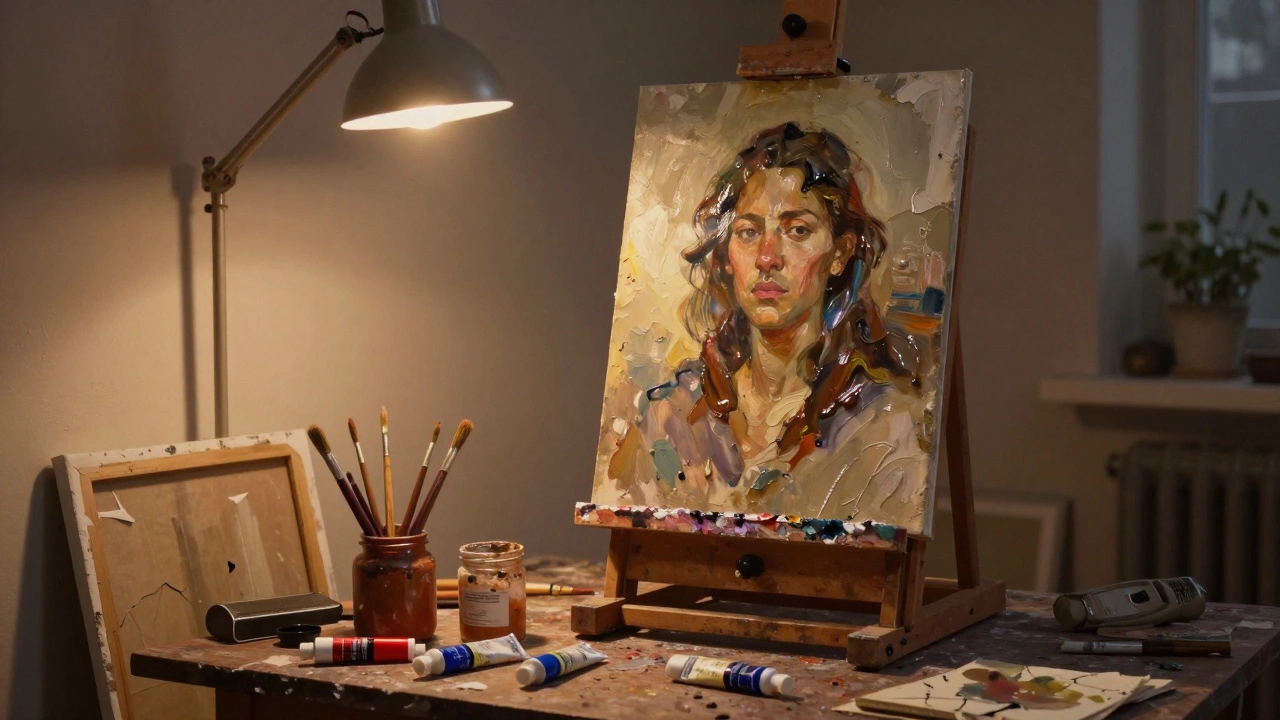
Oil painting is difficult because of its slow drying time, unforgiving blending, complex color mixing, and demanding technique. It requires patience, proper materials, and deep understanding-not just skill.
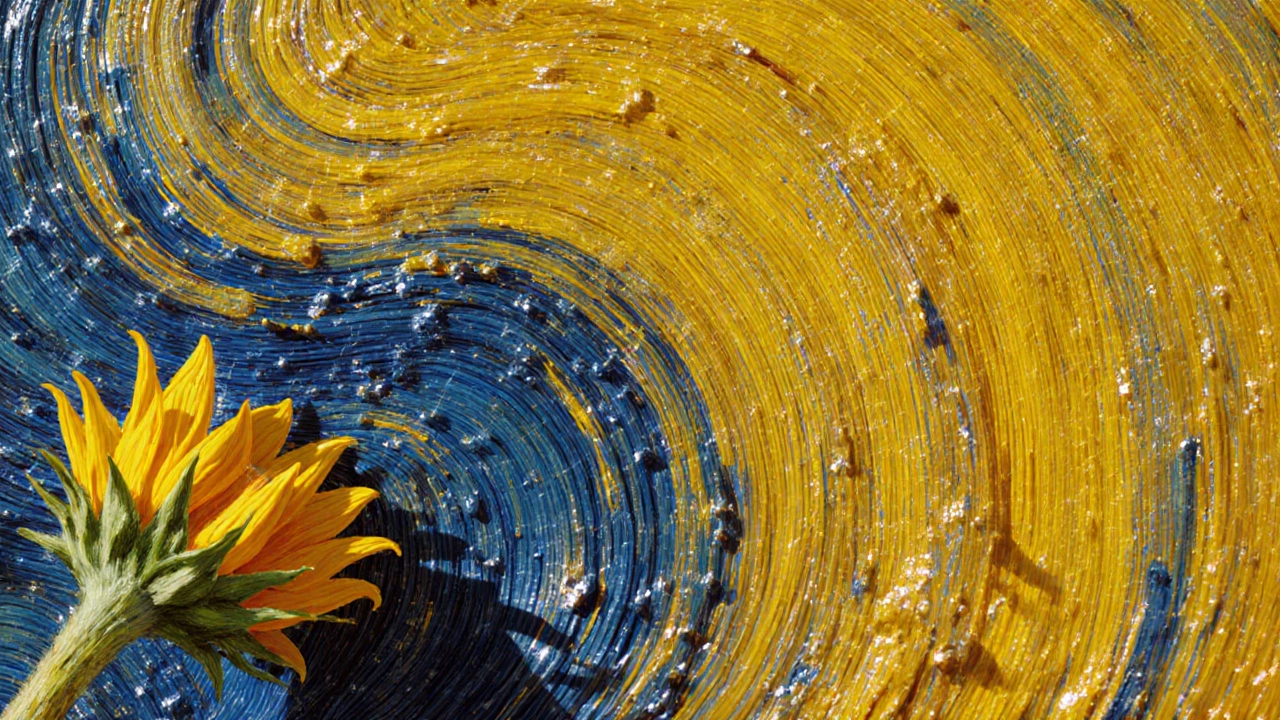
Vincent Van Gogh most often used yellow and blue in his oil paintings to express emotion, light, and depth. These colors defined his most famous works, from Sunflowers to The Starry Night.
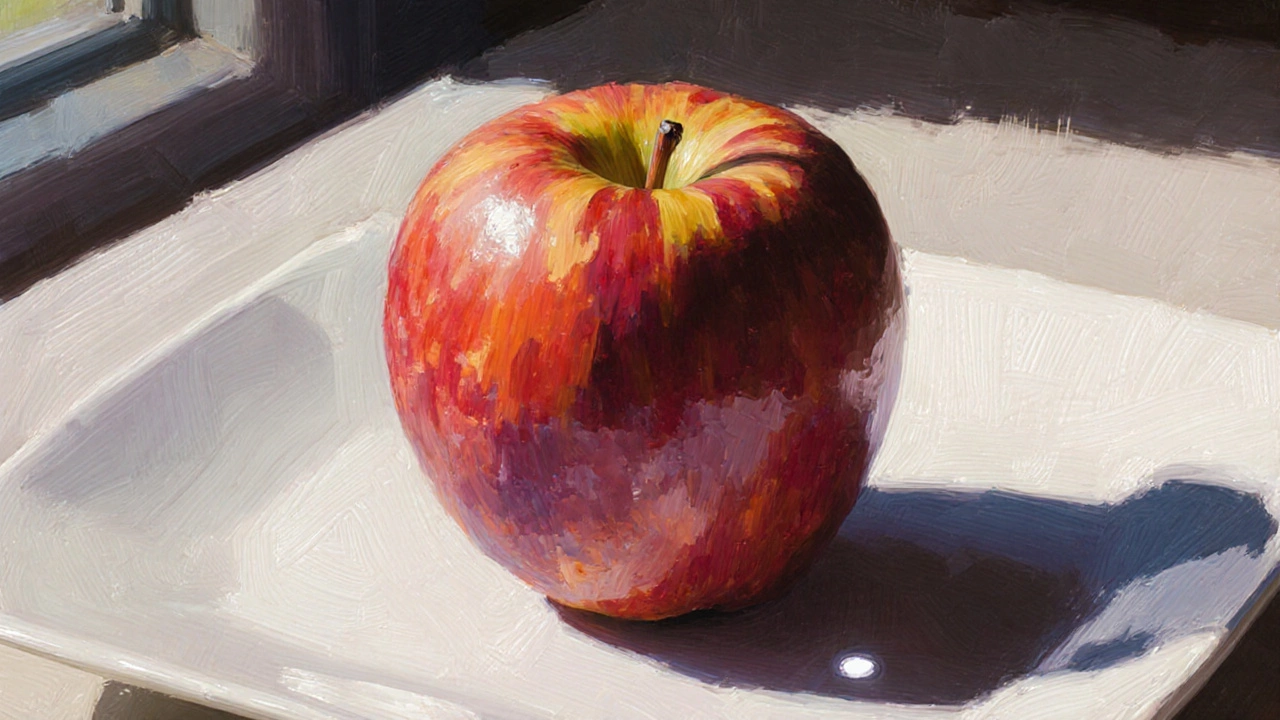
The easiest thing to paint in oil painting is a single apple. It teaches color, light, and form without overwhelming beginners. Start with three colors, one object, and patience.
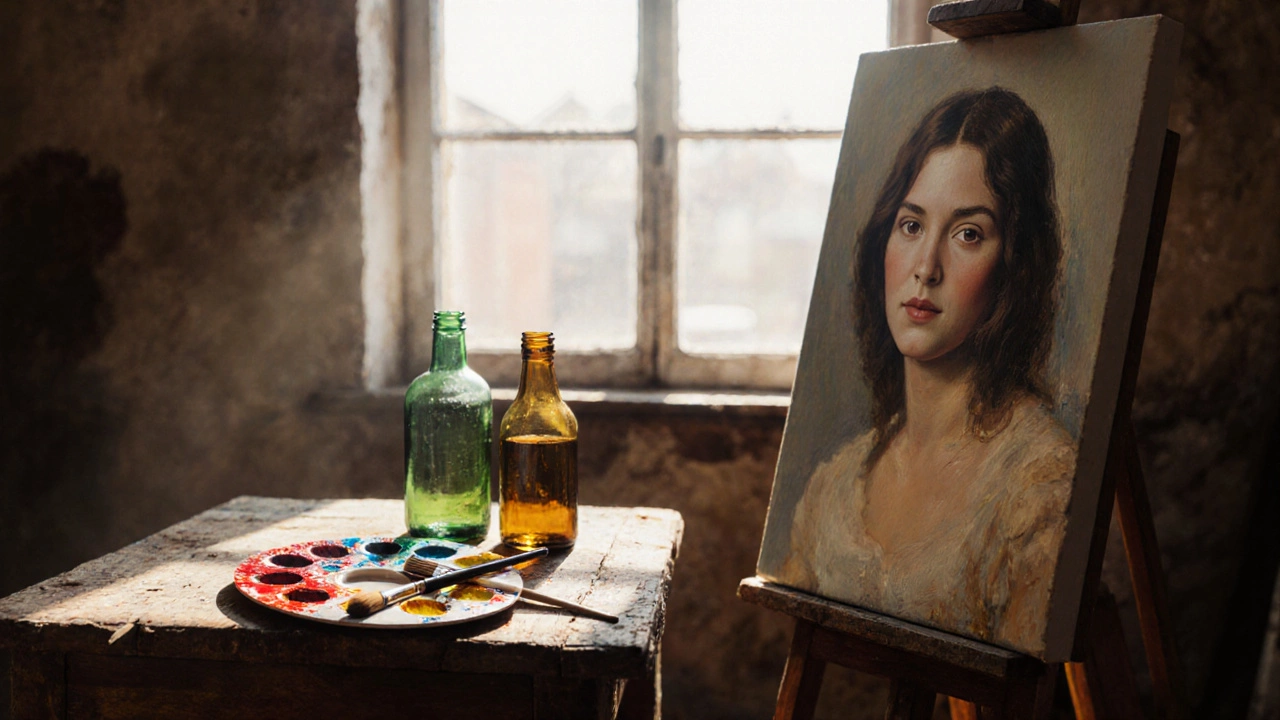
Explore whether olive oil can replace linseed oil in oil painting, covering drying times, yellowing, durability, and safe usage tips.
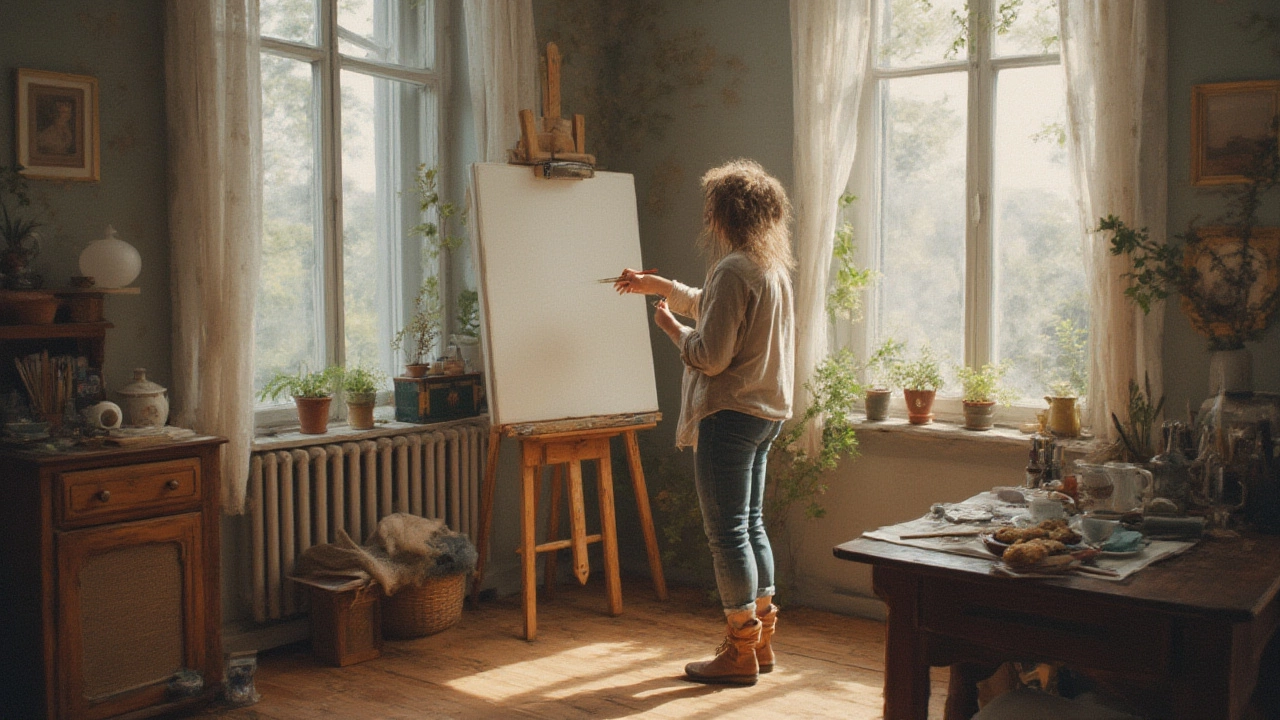
Curious about starting oil painting? This in-depth guide covers preparing materials, sketching your composition, mixing paints, and essential beginner tips for a confident first step.
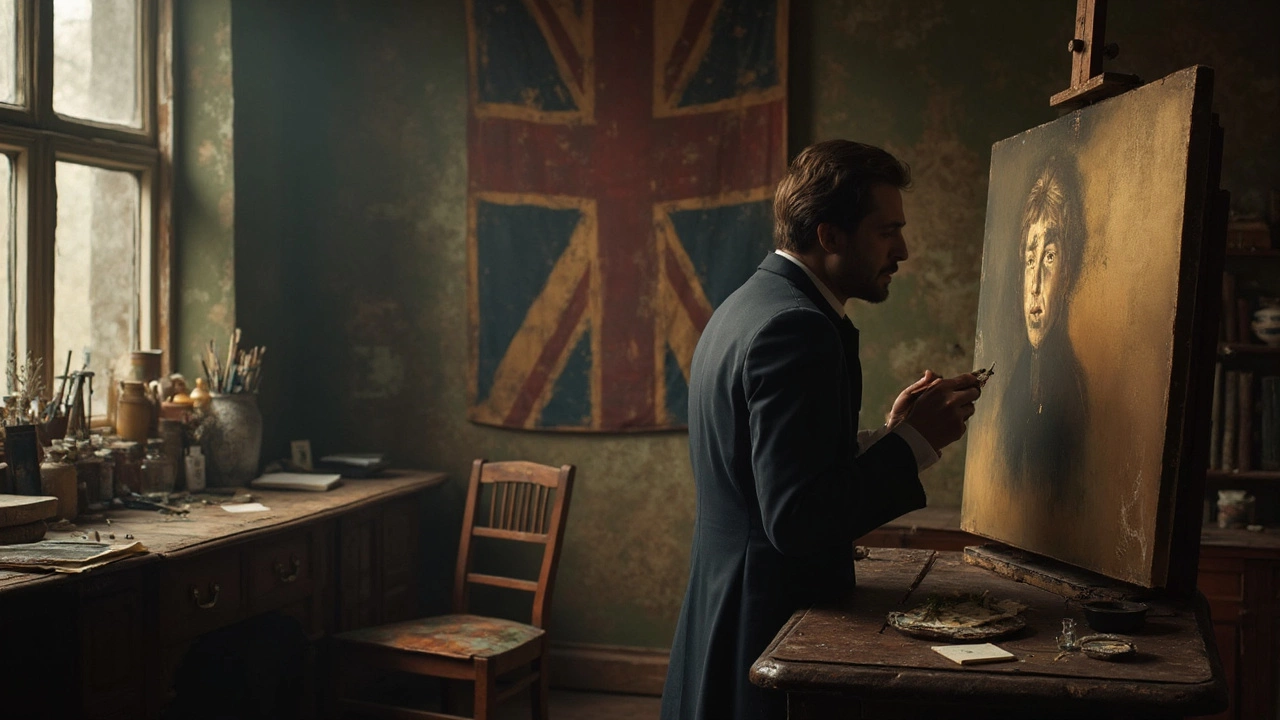
The Goya technique is a unique way of using oil paints to create dramatic effects, inspired by Spanish artist Francisco Goya. It mixes bold, dark underpaintings with sharp contrasts and glazes to bring scenes to life. This method helps painters master shadow, light, and subtle color layering. Modern artists still use the Goya approach to add depth and emotion. Learn how to start using this technique, step by step, for bolder results in your work.
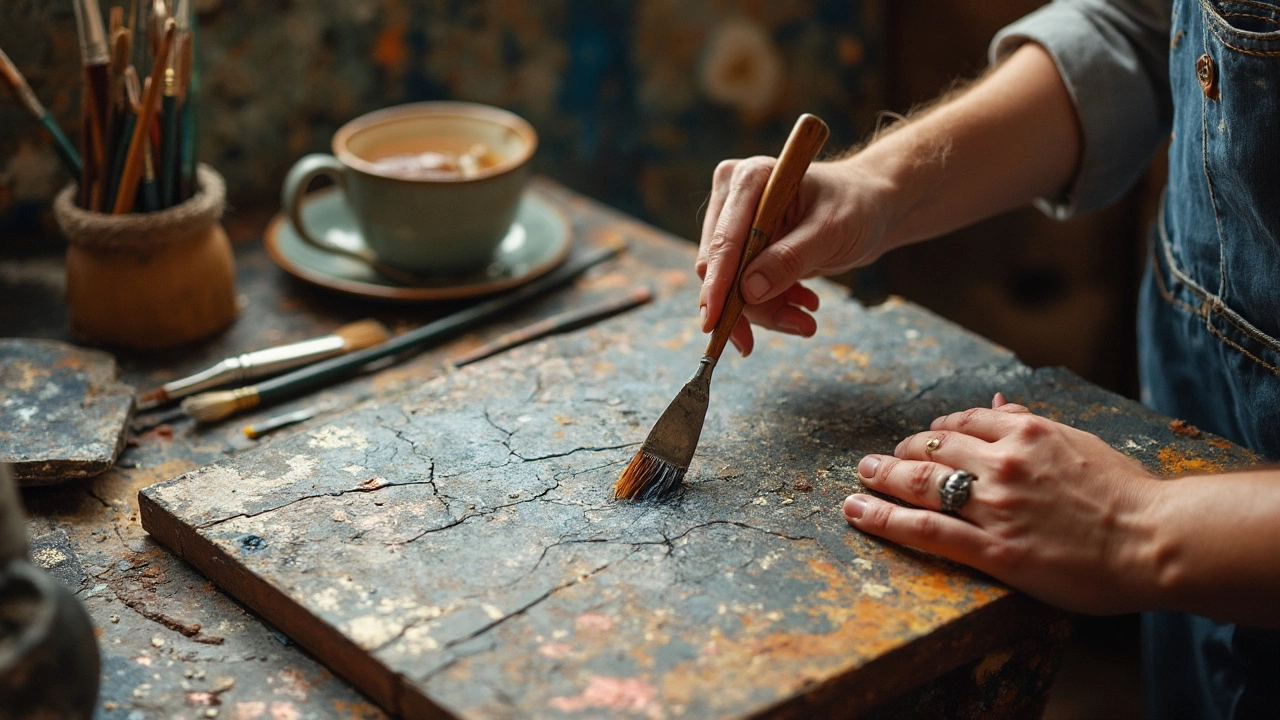
Professionals in the oil painting world use specific tools and tricks when it comes to stripping old paint. This article breaks down what those tools are, how they actually work, and why some methods are better for certain surfaces. If you've ever wondered what makes a pro's work smoother or how to avoid trashing your canvas or wooden panel, this is where you'll find honest advice. Expect tips, real-life experiences, and a few smart shortcuts that painters swear by.
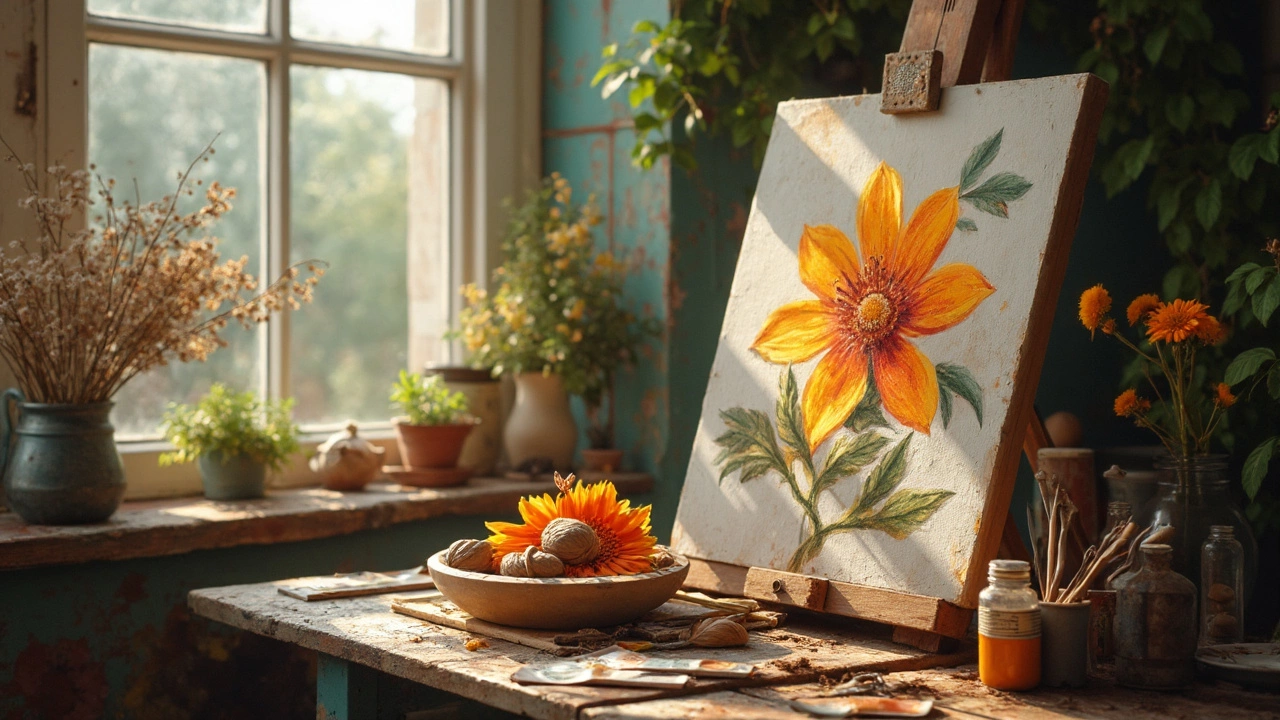
Exploring alternatives to linseed oil in oil painting can be daunting, especially for those new to the medium. This article dives into several substitutes, including walnut and safflower oils, explaining their unique properties and ideal uses. Find out how these alternatives can affect drying times, texture, and color vibrancy in your artworks. We also touch on less conventional options and how artists can adapt their techniques for these substitutes. With these insights, you're sure to make informed choices in your painting practice.
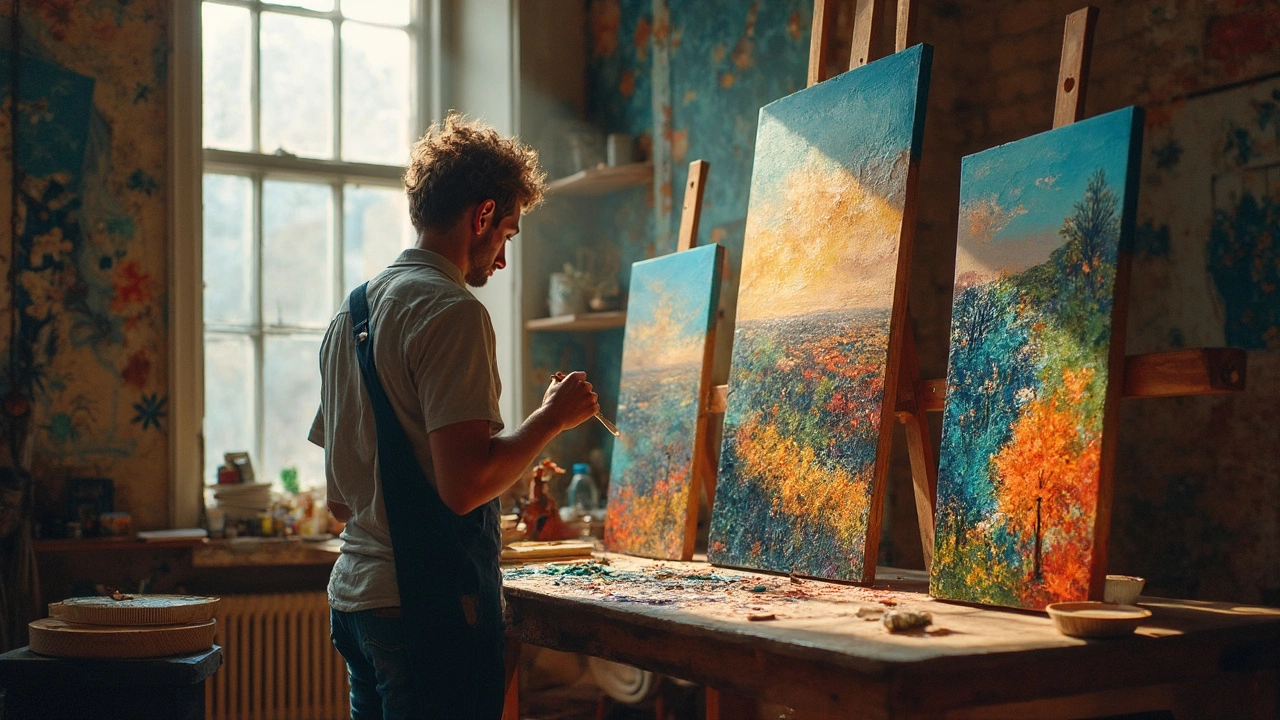
Sponging in art involves using a sponge to create texture and depth in oil paintings. This technique allows artists to add unique patterns and layers, enhancing the visual interest of their work. By experimenting with different sponge types and painting surfaces, artists can achieve varied effects. Sponging is accessible for beginners yet offers room for creative exploration for experienced painters. Adding this method to your artistic toolkit can bring a fresh dimension to your oil paintings.
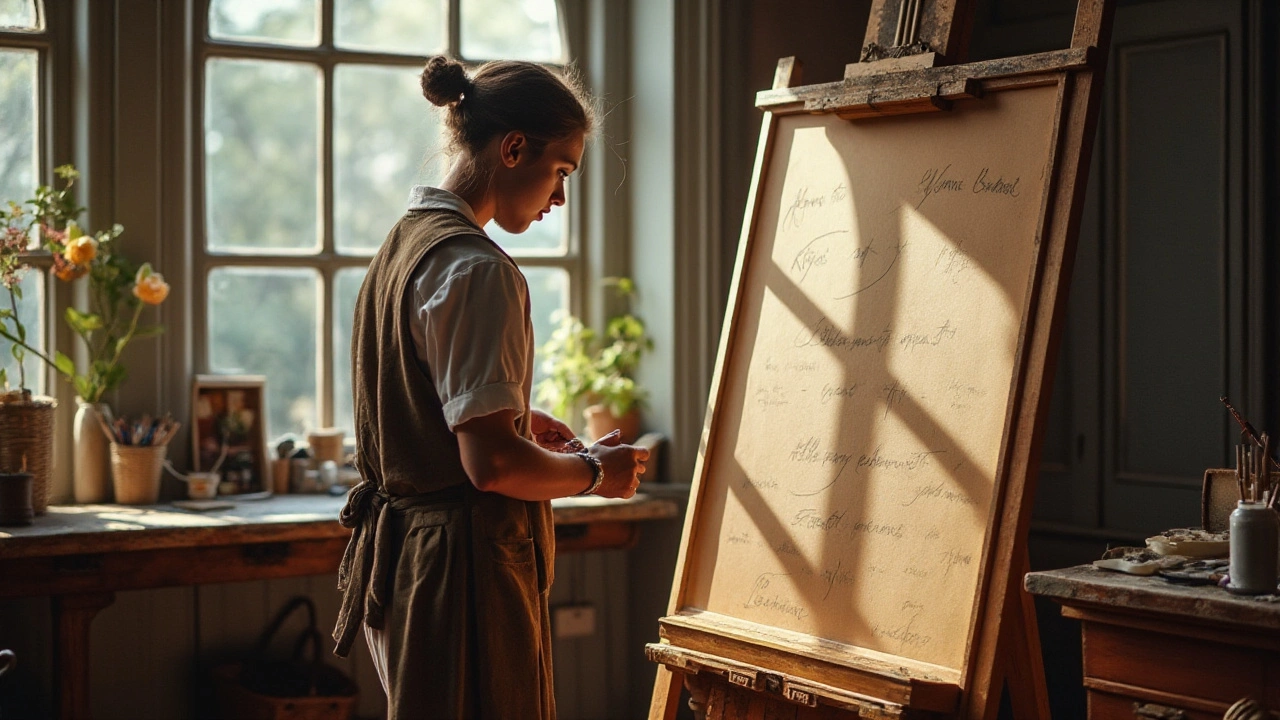
The rule of three is a key concept in art, aiding artists in creating balanced and compelling compositions. In the realm of oil painting, understanding and applying this rule can significantly elevate both the visual appeal and narrative of a piece. The rule involves dividing the canvas into three equal parts, both horizontally and vertically, guiding the placement of elements to enhance focus and interest. This method not only helps in organizing artwork logically but also facilitates the viewer's engagement with the piece. Dive deep into its origins, its practical application, and tips to effectively incorporate it into your painting process.
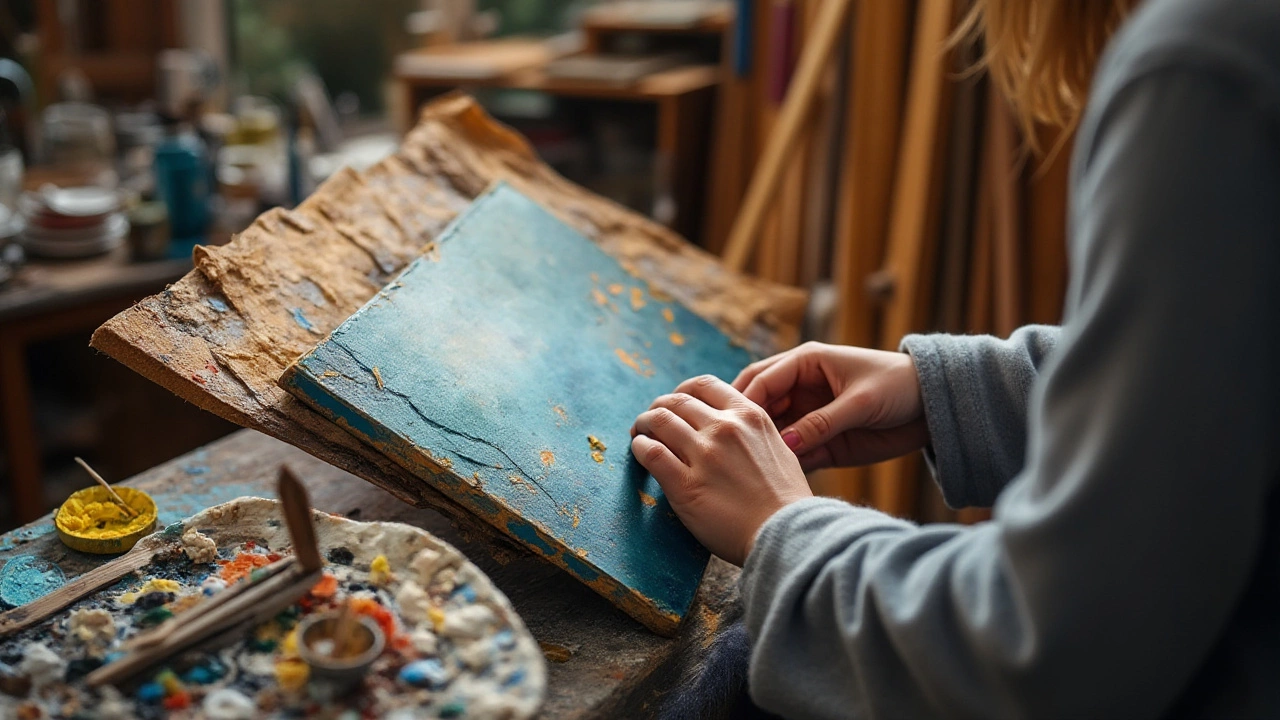
Repainting an old canvas can be a challenge if you are unsure whether to strip the old paint first. Understanding the benefits and drawbacks of removing aged paint is crucial for achieving the best results. This article delves into various oil painting techniques, while also offering practical guidance for preserving the original texture and quality of your artwork. Discover key considerations for effective repainting, ensuring your new layer stands out beautifully.

